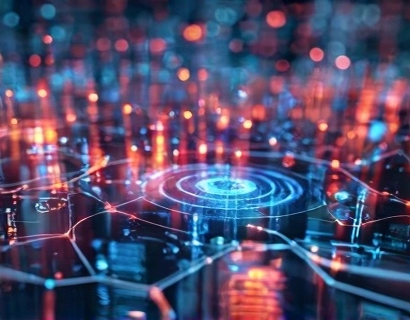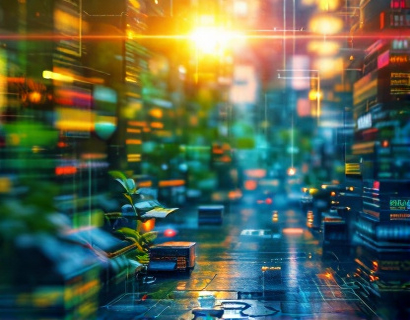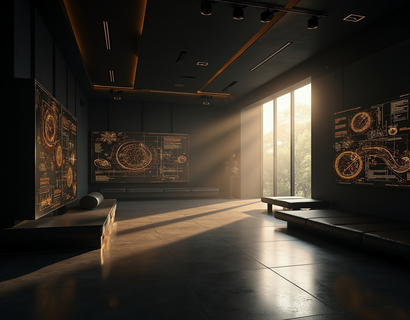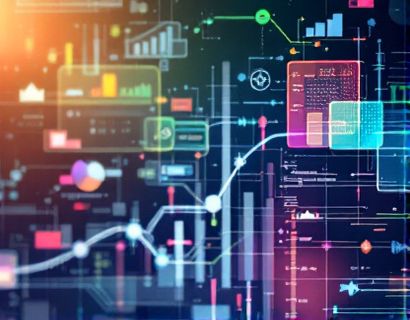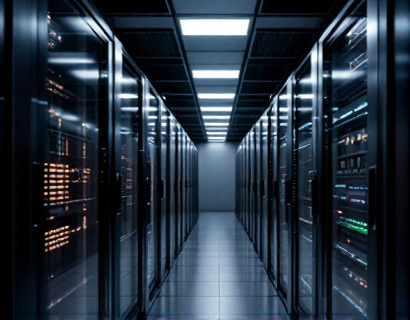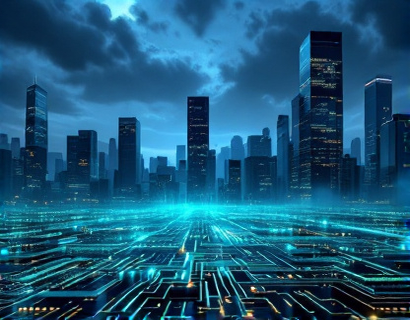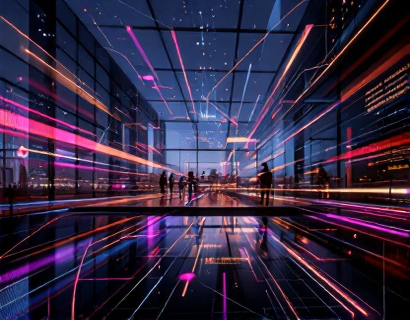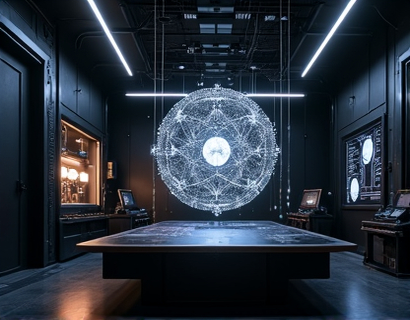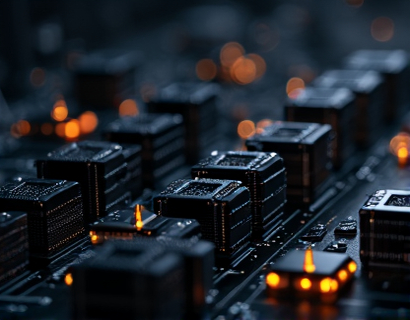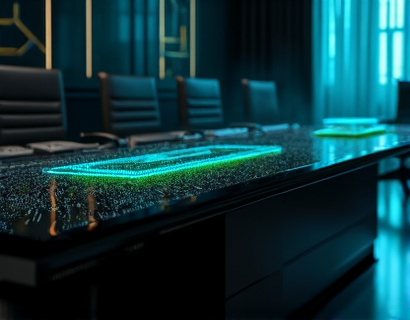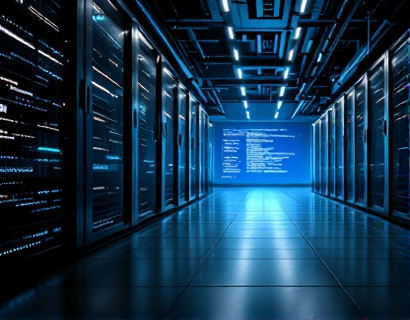Maximize Indoor Garden Success: Cutting-Edge Tech for Optimal Solarium Ecosystems
In the realm of indoor gardening, the pursuit of optimal plant growth and sustainability has led to the integration of advanced technologies. These innovations transform light, climate, and automation into a synergistic system that supports a thriving ecosystem within any indoor space. This article delves into the cutting-edge technologies that can elevate your indoor garden, providing expertly tailored setups that cater to your unique needs and create a high-tech garden oasis.
The foundation of any successful indoor garden is the control and optimization of light. Plants require specific wavelengths and intensities of light to perform photosynthesis efficiently. Traditional lighting solutions often fall short, but modern LED grow lights have revolutionized the way we illuminate indoor gardens. These lights are energy-efficient, produce minimal heat, and can be customized to emit the exact spectrum of light that plants need at different stages of growth. By using LED grow lights, gardeners can simulate natural daylight, ensuring that plants receive the optimal light conditions for robust growth and health.
Beyond light, climate control is crucial for maintaining an ideal environment for plant growth. Advanced climate control systems utilize sensors and smart technology to monitor and adjust temperature, humidity, and CO2 levels in real-time. These systems can be integrated with HVAC units, heaters, and dehumidifiers to create a precise and stable environment. For instance, a smart thermostat can automatically adjust the temperature based on the specific requirements of the plants, while a humidity sensor can trigger a misting system to maintain optimal moisture levels. This level of precision ensures that plants are never exposed to conditions that could hinder their growth or lead to disease.
Automation plays a pivotal role in modern indoor gardening, streamlining tasks and reducing the need for manual intervention. Automated irrigation systems, for example, use soil moisture sensors to determine when and how much water to provide, preventing overwatering or underwatering. These systems can be programmed to water plants at specific intervals or based on real-time data, ensuring that each plant receives the exact amount of water it needs. Similarly, automated nutrient delivery systems can precisely control the timing and dosage of fertilizers, promoting healthy root development and vibrant foliage.
One of the most transformative technologies in indoor gardening is the use of hydroponics and aeroponics. These soilless cultivation methods offer numerous advantages over traditional soil-based gardening. Hydroponics involves growing plants in a nutrient-rich water solution, while aeroponics suspends the roots in an air or mist environment, allowing for even greater nutrient absorption. Both methods provide precise control over nutrient delivery, leading to faster growth rates and higher yields. Additionally, these systems use significantly less water and space compared to conventional gardening, making them ideal for urban environments.
To further enhance the efficiency and sustainability of indoor gardens, smart monitoring and control systems are becoming increasingly popular. These systems integrate various sensors and devices into a centralized platform, allowing gardeners to monitor and manage their entire setup from a smartphone or computer. Features such as remote access, real-time data logging, and automated alerts ensure that any issues are promptly addressed, even when the gardener is not physically present. This level of connectivity not only simplifies garden management but also enhances the overall reliability and performance of the system.
Customization is key to maximizing the potential of an indoor garden. Every space and every set of plants has unique requirements, and a one-size-fits-all approach often falls short. Advanced technology allows for highly customizable setups that can be tailored to specific plant types, available space, and personal preferences. For example, modular lighting systems can be adjusted to fit any room layout, while climate control units can be configured to target specific areas or zones within the garden. This flexibility ensures that each plant receives the optimal conditions for growth, regardless of its specific needs.
The integration of artificial intelligence (AI) and machine learning (ML) is another frontier in indoor gardening technology. AI-driven systems can analyze vast amounts of data to identify patterns and make predictive adjustments to the growing environment. For instance, an AI system can learn the growth patterns of different plants and adjust light, temperature, and humidity accordingly, optimizing growth over time. ML algorithms can also detect early signs of stress or disease in plants, enabling proactive measures to maintain plant health. This intelligent approach not only enhances plant growth but also reduces resource consumption by avoiding unnecessary adjustments.
Sustainability is a critical consideration in modern indoor gardening. Advanced technologies not only improve plant growth but also contribute to environmental conservation. Energy-efficient LED lights and smart climate control systems reduce electricity consumption, while hydroponic and aeroponic methods minimize water usage. Additionally, the ability to grow plants year-round in controlled environments reduces the need for transportation and storage, lowering the carbon footprint associated with food production. By embracing these technologies, indoor gardeners can cultivate a sustainable and eco-friendly garden that aligns with their values.
For indoor gardening enthusiasts, the combination of these cutting-edge technologies offers a comprehensive solution to creating a thriving and sustainable garden. Whether you are a novice gardener looking to start your first indoor garden or an experienced grower seeking to optimize your existing setup, the right technology can make all the difference. By leveraging advanced lighting, climate control, automation, and smart monitoring, you can create a customizable and future-forward environment that supports the health and growth of your plants.
In conclusion, the future of indoor gardening is bright, thanks to the rapid advancements in technology. By embracing these innovations, gardeners can transform their spaces into high-tech oases that maximize plant potential and promote sustainability. The integration of LED grow lights, smart climate control, automation, and AI-driven systems provides a powerful toolkit for achieving optimal results. As technology continues to evolve, the possibilities for indoor gardening will only expand, offering endless opportunities for growth, learning, and enjoyment.



